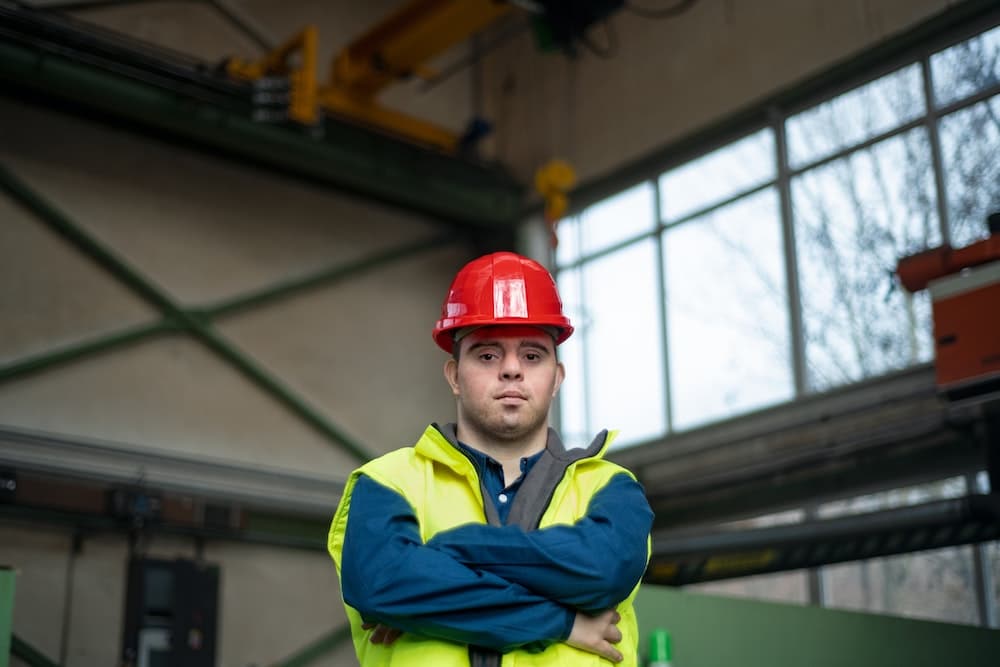How Can Ambient Computing Make Smart Environments More Intuitive and Seamless?

Welcome to the mind-blowing world of ambient computing. If you’re wondering what this futuristic-sounding term means, you’re not alone. It’s a newer technology that’s beginning to reshape the way we interact with our surroundings, and it’s more present in your everyday life than you might realize.
At its core, ambient computing is about creating a technological environment that’s aware of you and your needs, and can respond appropriately. This involves a combination of devices, sensors, and artificial intelligence (AI) systems that can process and analyze data in real time, enhancing user experiences by making them more seamless and intuitive.
Avez-vous vu cela : How to Develop Real Estate with a Focus on Mental Health and Community Well-Being?
Is this sounding like a sci-fi movie? Don’t worry, we will break it down piece by piece. Let’s discover how ambient computing will revolutionize our experiences in smart environments.
Ambient Computing: Making Technology Disappear
This might sound contradictory but the ultimate goal of ambient computing is to make technology disappear, metaphorically speaking of course. Ambient computing is all about developing smart environments that allow you to interact with technology in a more natural and intuitive way.
En parallèle : How Can Sports Psychology Improve Performance in Precision Sports Like Golf or Archery?
For instance, think about how you interact with your smartphone. You don’t just press buttons, you swipe, pinch, and use voice commands. Ambient computing takes this a step further. Instead of actively manipulating your device, the environment adjusts to you. The lights dim when you’re watching a movie, your favorite playlist starts when you step into the room, or your home temperature adjusts based on the weather forecast.
That’s the beauty of ambient computing. It integrates technology so seamlessly into our lives, that we hardly notice it. It’s the keyword here: seamless.
How Ambient Computing Works: A Symphony of Sensors and Data
A smart environment powered by ambient computing is essentially an orchestra of sensors, devices, and data working in harmony. It’s a symphony conducted by artificial intelligence.
In order for the system to function efficiently, sensors and devices collect various types of data. This could range from basic environmental data such as temperature and light levels, to more complex data such as user behavior and preferences.
All this data is then processed and analyzed by AI systems. The AI uses machine learning algorithms to recognize patterns and make predictions. It decides what action to take based on the current data and past experiences. These decisions are what enable the smart environment to adapt to your needs and preferences, creating a truly personalized user experience.
Ambient Computing and IoT: A Powerful Duo
The Internet of Things (IoT) plays a crucial role in ambient computing. In fact, you could say that ambient computing couldn’t exist without IoT.
IoT refers to the network of physical devices – from smartphones and wearables to home appliances and vehicles – that are connected to the internet, collecting and sharing data.
With IoT, your smart fridge can know when you’re running low on milk and automatically order more. Your smartwatch can monitor your heart rate and notify your doctor if it detects a problem. IoT devices are the soldiers on the ground, carrying out the orders of the AI commander.
So, how does this relate to ambient computing? Well, ambient computing takes the capabilities of IoT and amplifies them. It utilizes the data collected by IoT devices to create more intuitive and seamless user experiences.
Ambient Computing in Healthcare: A Frontier for Innovation
Healthcare is one of the sectors where ambient computing can have a significant impact. Imagine walking into a smart hospital powered by ambient computing.
Sensors in the hospital could monitor your vital signs in real time. AI systems could analyze your health data and alert healthcare professionals if they detect any issues. The lighting in your room could adjust to your mood or circadian rhythm, promoting better sleep and recovery.
Patients could interact with their environment in new and intuitive ways, such as using voice commands to control room settings or access medical information.
This is just the tip of the iceberg. The potential applications of ambient computing in healthcare are vast and exciting. It offers the promise of creating more intuitive and seamless patient experiences, improving both outcomes and satisfaction.
The future of ambient technology is indeed bright. It’s a realm where the environment is not just a passive background but an active participant that enhances our day-to-day experiences. It’s a world where technology is so seamlessly integrated into our lives that it becomes invisible, leaving us free to enjoy the benefits without the distractions. With ambient computing, the future is not just smart, it’s intuitive.
Ambient Computing in Education: Reinventing Learning
The education sector is another area where ambient computing can bring about revolutionary change. The traditional model of teaching and learning could be transformed into a more interactive and personalized experience with the help of ambient technology.
Think of a smart classroom where sensors and devices are aware of each student’s learning style and progress. The ambient technology could analyze individual data and adapt the teaching methods or materials accordingly. This would ensure a more personalized and effective learning experience for every student. For example, if a student is struggling with a particular concept, the system could provide additional resources or practice problems tailored to help them understand better.
Moreover, ambient computing could facilitate collaborative learning. Students could work together on projects in real-time, with the system providing guidance and support as required. It could also foster a more immersive learning experience by integrating augmented reality (AR) or virtual reality (VR) technologies.
Just imagine a history lesson where instead of reading about ancient civilizations, students could virtually explore them. They could walk through the streets of ancient Rome or watch the construction of the Pyramids in real-time.
In essence, ambient computing could reshape education by making it more engaging, personalized, and effective.
Conclusion: The Ambient Computing Revolution
The advent of ambient computing marks a significant shift in our relationship with technology. It’s about moving from a world where we are constantly adapting to technology, to one where technology adapts to us. It’s about creating an environment that’s aware of our needs, preferences, and behaviors, and can respond accordingly.
Ambient computing leverages the power of artificial intelligence, harnessing an orchestra of sensors and devices to create smart environments. It amplifies the capabilities of the Internet of Things, taking the data collected by devices and using it to create seamless and intuitive experiences.
In sectors like healthcare and education, ambient computing can bring about radical changes, improving patient experiences and revolutionizing learning. However, its potential applications are not limited to these areas. From home automation to smart cities, ambient computing holds the promise of a future where technology blends seamlessly into our lives, enhancing our day-to-day experiences.
Ambient computing is not just about improving our interaction with technology, but about enhancing our quality of life. It’s about creating a future where technology is so seamlessly integrated into our lives that it becomes invisible. In the world of ambient computing, technology doesn’t intrude but assist. It’s a symphony of seamless and intuitive experiences, and we are just at the dawn of this exciting revolution.
